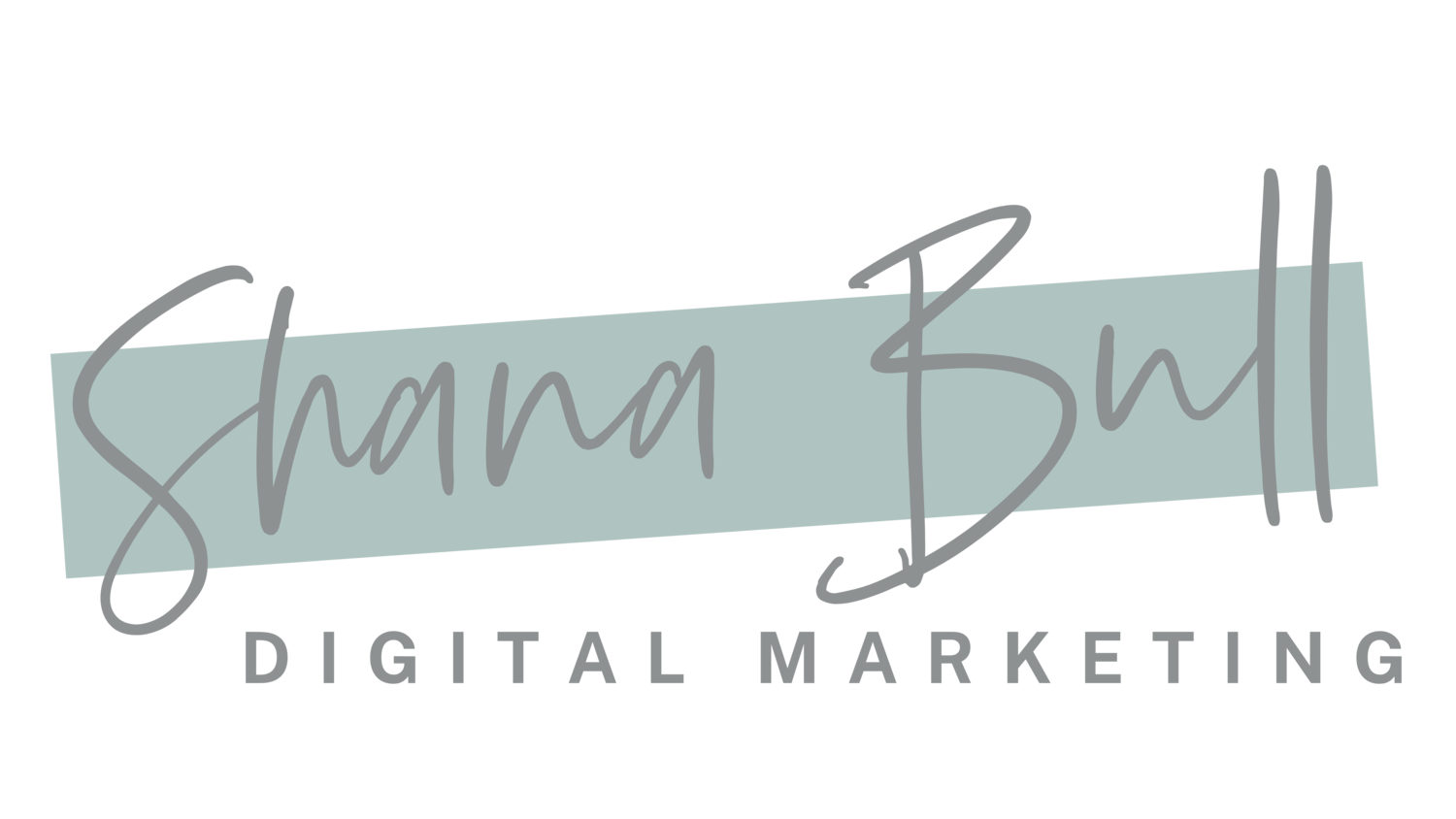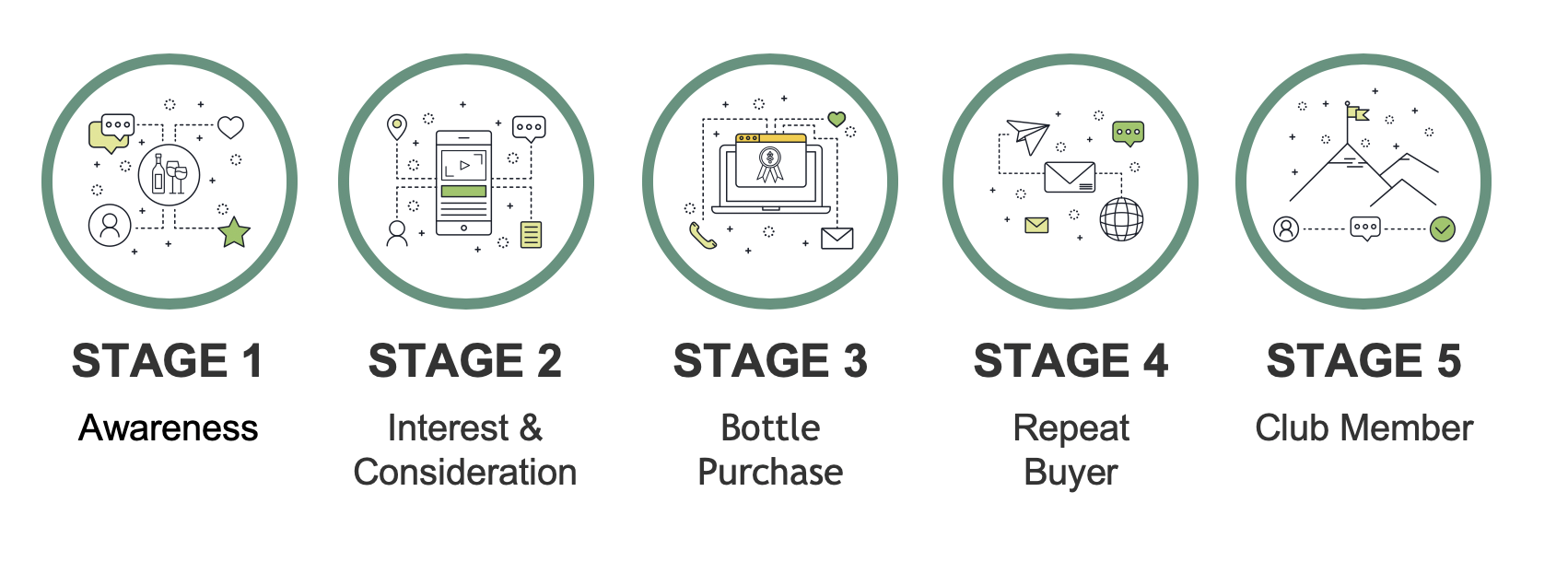This past month, I was honored to be a speaker at the 13th annual DTC Wine Symposium, presented by Free the Grapes. The acronym DTC stands for “Direct to Consumer” (if you are reading this and not in the wine industry), which are the wineries that focus on their tasting rooms, eCommerce websites, wine clubs, and brand ambassadors (see the Boisset Collection for a brand ambassador program that is kicking ass).
My favorite part of this annual wine conference: it is held in Concord, only 5 miles from my new East Bay home! :) It was an easy drive for me to get over to the Concord Hilton, and I was able to host a mini meetup at one of my favorite Concord restaurants—Puesto, an artisan Mexican bar and eatery that just opened in the Veranda shopping area, right across the street from the Hilton.
I presented and spoke on a panel about the wine consumer journey with Susan DeMatei from Wine Glass Marketing and Simon Solis-Cohen from Highway 29 Creative, two wine-specific marketing agencies.
The symposium’s official description: Choosing and optimizing your marketing channels based on the customer journey.
You have a website, a social media presence, some boosted posts, and a few emails to your customers—but how do you use them together, and how often, and how much do you spend? The key to an effective marketing strategy is creating compelling content that speaks to your targeted audience based on their progress through the sales funnel. This experienced panel will walk you through the customer's journey and provide pointers on choosing the best target audience, the right channel, and the most effective messaging. Through case studies and examples of proven digital campaigns, you will learn actionable strategies that you can put into practice right away.
We took turns going through various parts of the journey with this map (created by Simon), talking to a packed room of wine marketers about understanding the various stages of the customer journey and what types of marketing tactics to use in each phase (along with some stats and wine-centric examples for each).
Simon introduced the idea and presented the first two stages. I talked through stages three through five (what we called the holy grail of wine marketing: the wine club). Susan enhanced the ideas by discussing which stage a winery marketer should focus on at what point in time. I mean, let’s be honest…most wineries don’t have the time, the budget, or the energy to focus on all of them at once.
Social Media is all about being Social...
Since my focus was on turning a one-time customer into a repeat buyer (or wine club member!), a lot of what I talked about involved how marketers can connect with their audience.
I always claim that wineries should focus on connections, and I found a stat to back that up:
57% of people will increase their spending with a brand when they feel more connected.
This was from a marketing survey via sproutsocial in early 2019. This statistic stood out to me because it confirms what I see with some of my clients—when real people feel like they have an actual relationship to a brand (whether it is the brand in-general or a staff member), they will increase their spending with that brand, especially over a competitor.
A Tip for Connecting with your Community on Social Media
A tip I provided to the room to help strengthen current connections, and even build a following: set a timer 2x a day for 10 minutes, and create a habit of engaging with your community on social media.
If you are using Instagram (which is now one of the biggest social networks for wine customers), make sure to answer all comments on your own content, respond to DMs, and thank the people who tag your brand and/or your winery’s location. Then, if you have time left, go through your feed and leave meaningful comments on your fan’s photos, and make sure to reply to other commenters on posts that have tagged you!
It takes time to create meaningful connections with your social community, but I guarantee you that the effort of crafting real relationships with your buyers (and potential buyers) increases the number of people who feel connected to your wine brand and thus become repeat buyers.
For the full presentation, check back for the link to the DTCWS website - I will make sure to share as soon as it goes live (IF?!?!)



